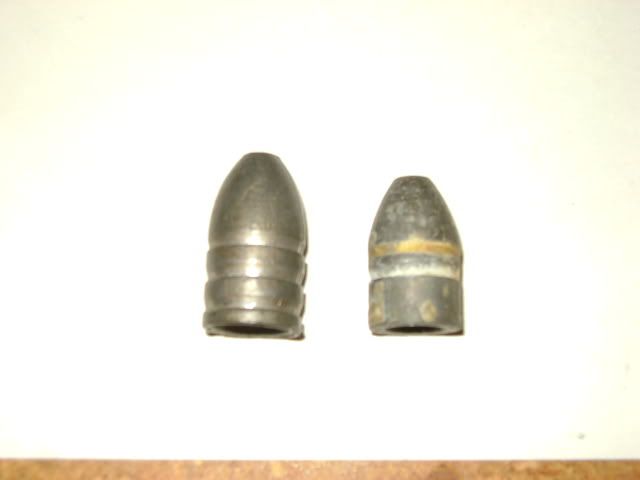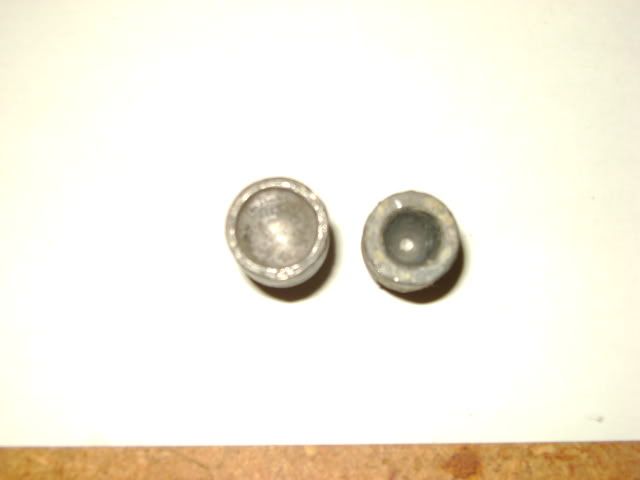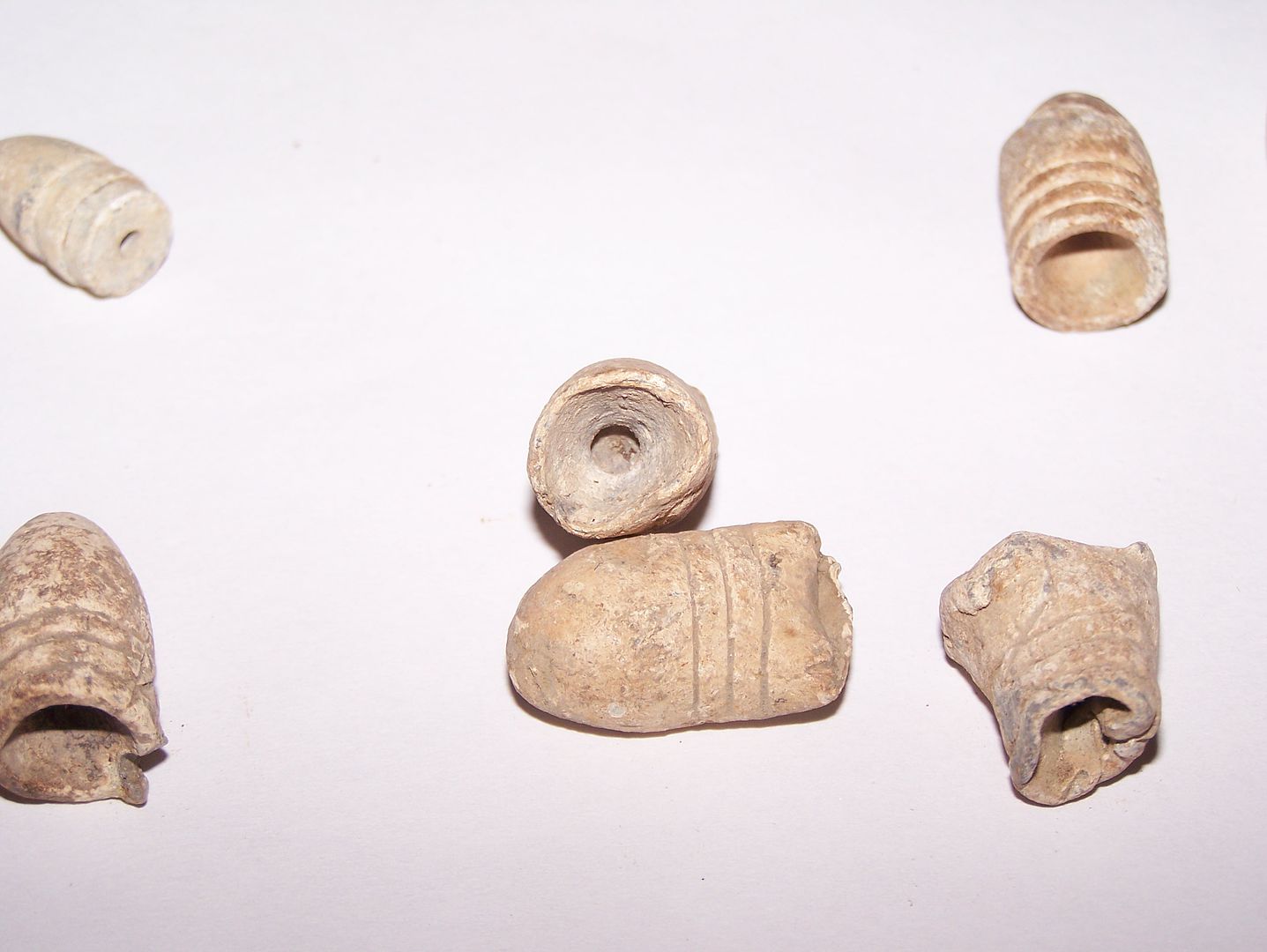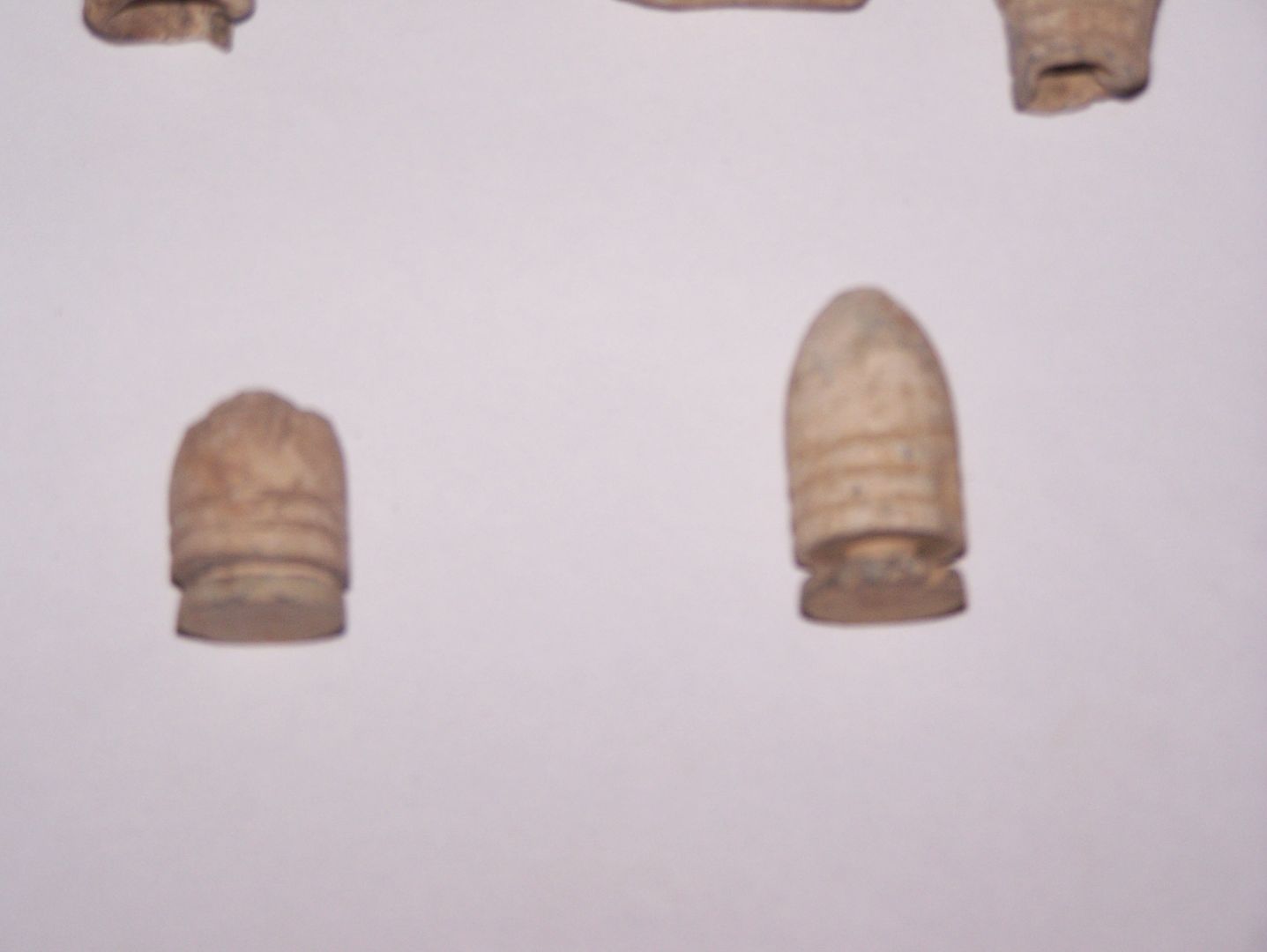bedbugbilly
New member
My interest has always been primarily shooting "round ball" - and I'm pretty "traditional" . . . i.e. not in to in-lines, saboted bullets, etc. In my general browsing "pastime" of looking at muzzleloaders, etc. - I got to thinking about "rate of twist" and have a couple of questions for anyone much wiser than I.
As an example - the Lyman Great Plains Rifle is available in either .50 or 54. Each is available with either a slow twist or a fast twist - i.e. 1 in 60" versus 1 in 32". I've always used slow twist rifle barrels on the guns I've made - Green Mountain, Rahl and many years ago a Numrich and even a Bill Large.
So my question is this - the 1 in 60" twist is intended for use with patched round ball - the faster twist of 1 in 32" for the conicals, etc. What effect or what would be the result if you use a patch roundball in a "faster twist" such as the 1 in 32"? If you used the same powder charge for both rb and a conical type - does one increase the internal barrel pressure over the other? Can both be accurate out of a fast twist rifling? Are the feet per second that both types of projectiles travel affected? Or . . . is it dangerouse to use a rb out of a fast twist barrel?
And I guess, the same inquiries in regards to using a conical type projectile out of a slow twist versus a rb?
As I said, my only experience has been with slow twist barrels intended for rb. I got to wondering though - as I read about the Lyman GP for example which is offered in both fast and slow twist - if one would be better over the other? If a person could only afford one rifle to hunt and shoot with - some states are rb hunting only (I think). So if they were interested in shooting both the conical type projectiles and rb - which twist would be the best for them to purchase? Or, is there a need for them to purchase a spare barrel so they have one in slow twist and one in fast twist?
I'm sure others have had these thoughts and questions as well so for those knowledgeable in the different barrel types - can you give us a little education on it? Thanks!
As an example - the Lyman Great Plains Rifle is available in either .50 or 54. Each is available with either a slow twist or a fast twist - i.e. 1 in 60" versus 1 in 32". I've always used slow twist rifle barrels on the guns I've made - Green Mountain, Rahl and many years ago a Numrich and even a Bill Large.
So my question is this - the 1 in 60" twist is intended for use with patched round ball - the faster twist of 1 in 32" for the conicals, etc. What effect or what would be the result if you use a patch roundball in a "faster twist" such as the 1 in 32"? If you used the same powder charge for both rb and a conical type - does one increase the internal barrel pressure over the other? Can both be accurate out of a fast twist rifling? Are the feet per second that both types of projectiles travel affected? Or . . . is it dangerouse to use a rb out of a fast twist barrel?
And I guess, the same inquiries in regards to using a conical type projectile out of a slow twist versus a rb?
As I said, my only experience has been with slow twist barrels intended for rb. I got to wondering though - as I read about the Lyman GP for example which is offered in both fast and slow twist - if one would be better over the other? If a person could only afford one rifle to hunt and shoot with - some states are rb hunting only (I think). So if they were interested in shooting both the conical type projectiles and rb - which twist would be the best for them to purchase? Or, is there a need for them to purchase a spare barrel so they have one in slow twist and one in fast twist?
I'm sure others have had these thoughts and questions as well so for those knowledgeable in the different barrel types - can you give us a little education on it? Thanks!







